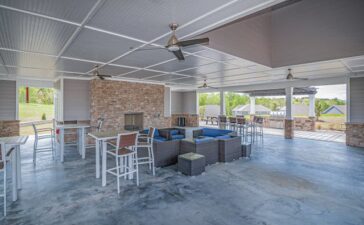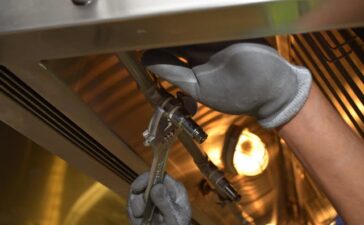The Subclass 482 Temporary Skill Shortage (TSS) visa was launched by the Australian government in March 2018 to replace the 457 visas. Dependent family members may be listed on a TSS visa applicant’s application. There is a short-term stream and a medium-term stream for the TSS visa. Those with jobs included on the Medium and Long-Term Strategic Skills List (MLTSSL) may apply for up to four years; after three years, they become eligible for permanent residency. People with jobs on the STSOL (Short-Term Skilled Occupations List) are eligible for up to two-year visas (renewable once, for another two years).

The employer sponsored visa subclass 482 allows the bearer to reside in Australia and work full-time in the designated position for the sponsoring enterprise. On the Combined List of Eligible Skilled Occupations, the position that the employer is looking to fill must be listed as an occupation. The Australian New Zealand Standard Classification of Occupations is used by the Department of Home Affairs (previously DIBP) to assess whether the proposed nominated occupation accurately depicts the responsibilities of the post (ANZSCO). The job description must match the one submitted by ANZSCO, as must the candidate for a TSS visa’s employment and educational background. The candidate must possess the abilities necessary to perform the job. All TSS visa applicants must have a minimum of two years of relevant work experience, while the specific skills required differ depending on the occupation. Home Affairs case officers compare the position description provided in the employer’s nomination application with the visa applicant’s credentials and work references when evaluating a TSS visa applicant’s skills and qualifications against the nominated post.

To hire a bearer of a TSS visa, a company must be authorised as a Standard Business Sponsor. The business must show that it is operating legally and effectively in Australia to secure a Standard Business Sponsorship agreement. This requires selecting the proper ABN to apply under, registering the business name, supplying Business Activity Accounts (BAS) and financial statements, as well as proving a commitment to training Australian citizens and permanent residents and observing workplace and other Australian regulations. An employer must designate a position inside their company as one that must be filled by an overseas citizen after submitting an SBS application. Several prerequisites must be completed as part of this stage. A company must show they have examined the labour market before it can nominate a person for a TSS visa. To demonstrate that the company unsuccessfully advertised for the specified position, use the labour market testing method. The application will need to include evidence, and the evidentiary specifications are fairly detailed. Three advertisements published within the previous four months for a minimum of 28 days are often acceptable; however, there are some circumstances in which this will not be adequate, and additional proof is needed. In some circumstances, there are also exceptions to this need. To make sure that the labour market testing requirements are followed, employers are recommended to obtain professional guidance.
The nominated position’s compensation must satisfy two criteria. It must be greater than the income threshold for temporary skilled migration (TSMIT). This amount, which is now $53,900 plus superannuation, is decided by DIBP each year. The suggested wage must fall within the range of the role’s market rate.





